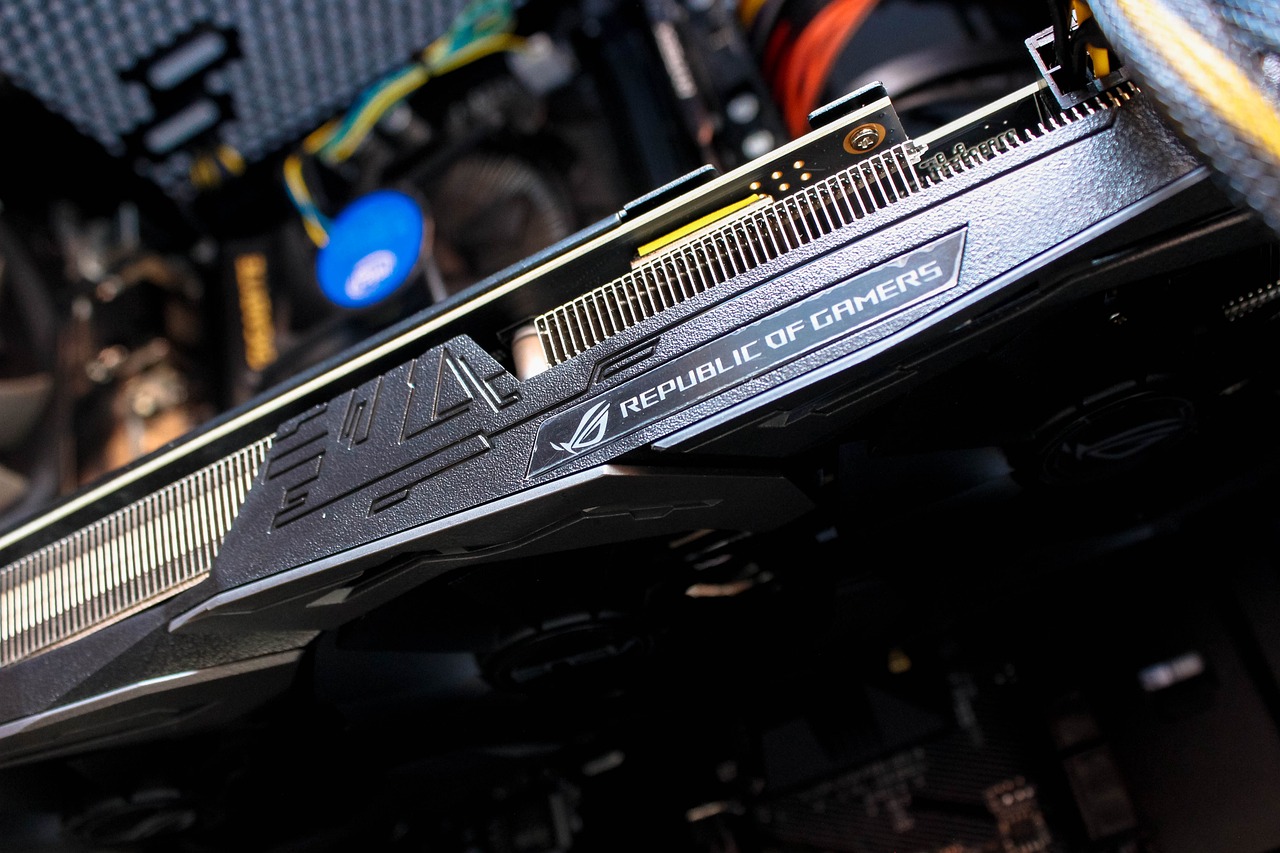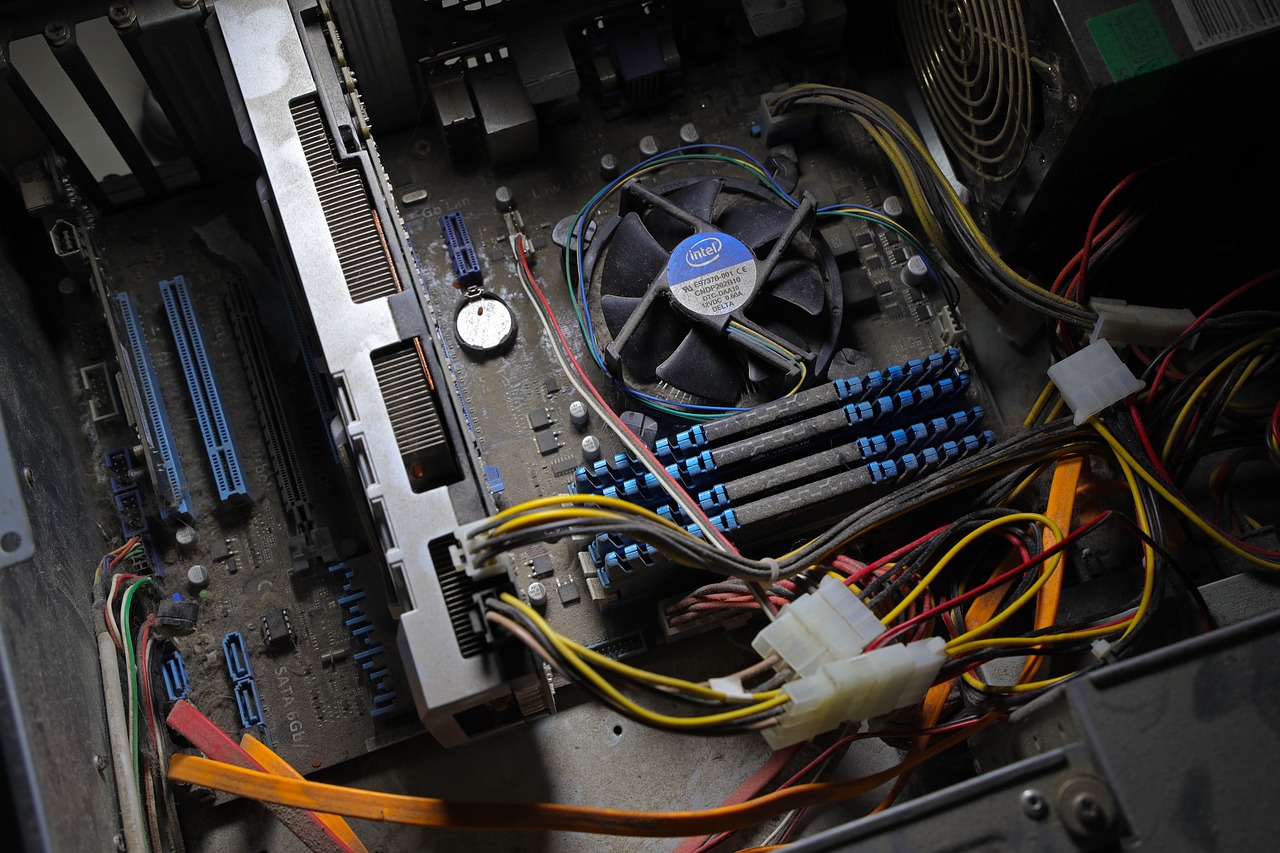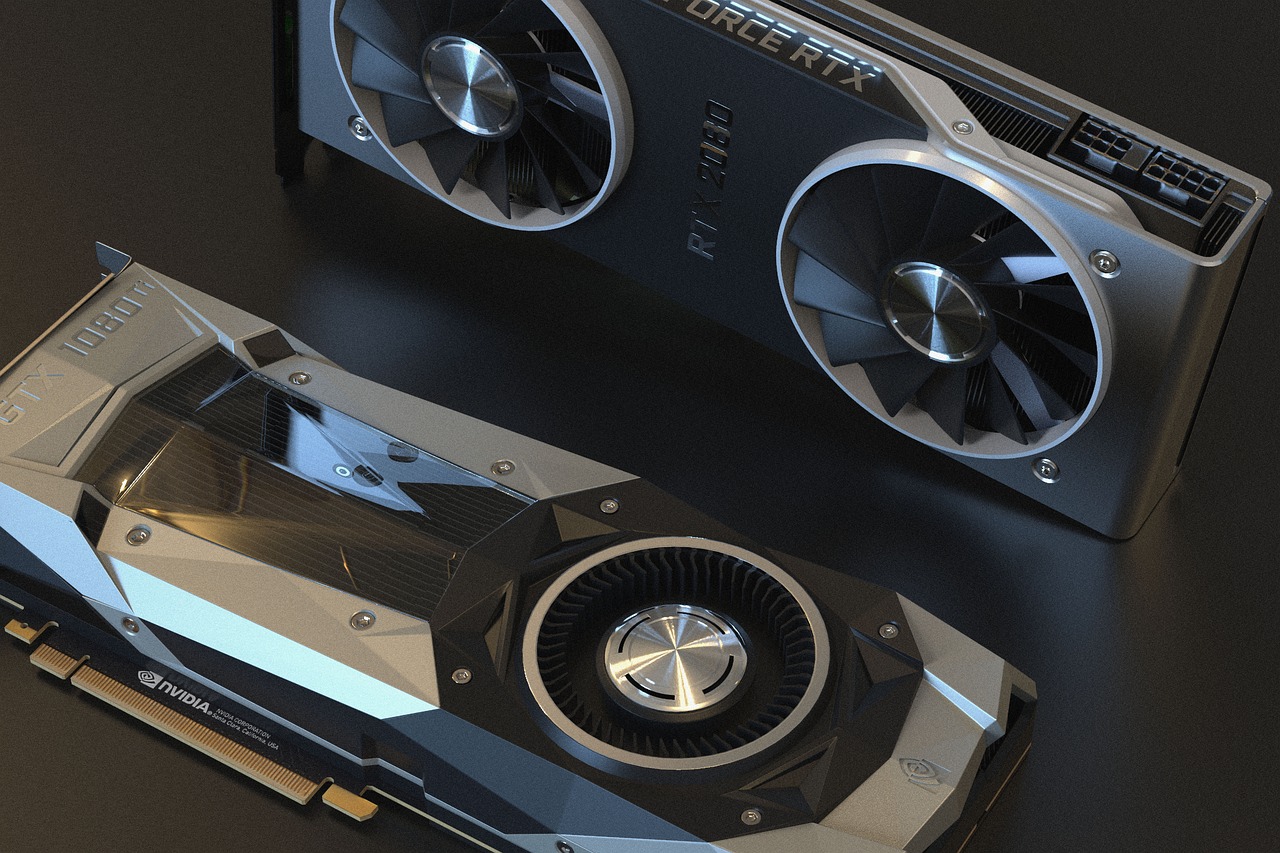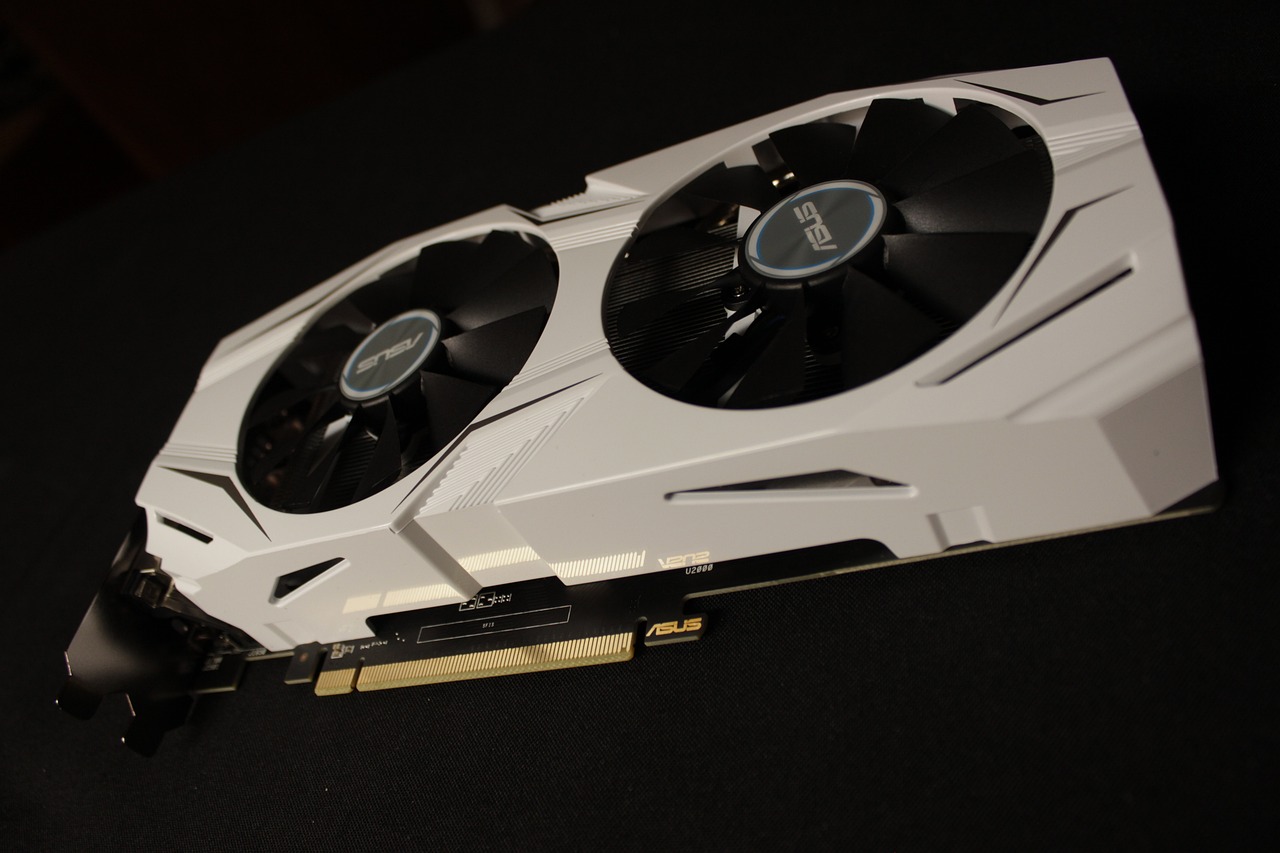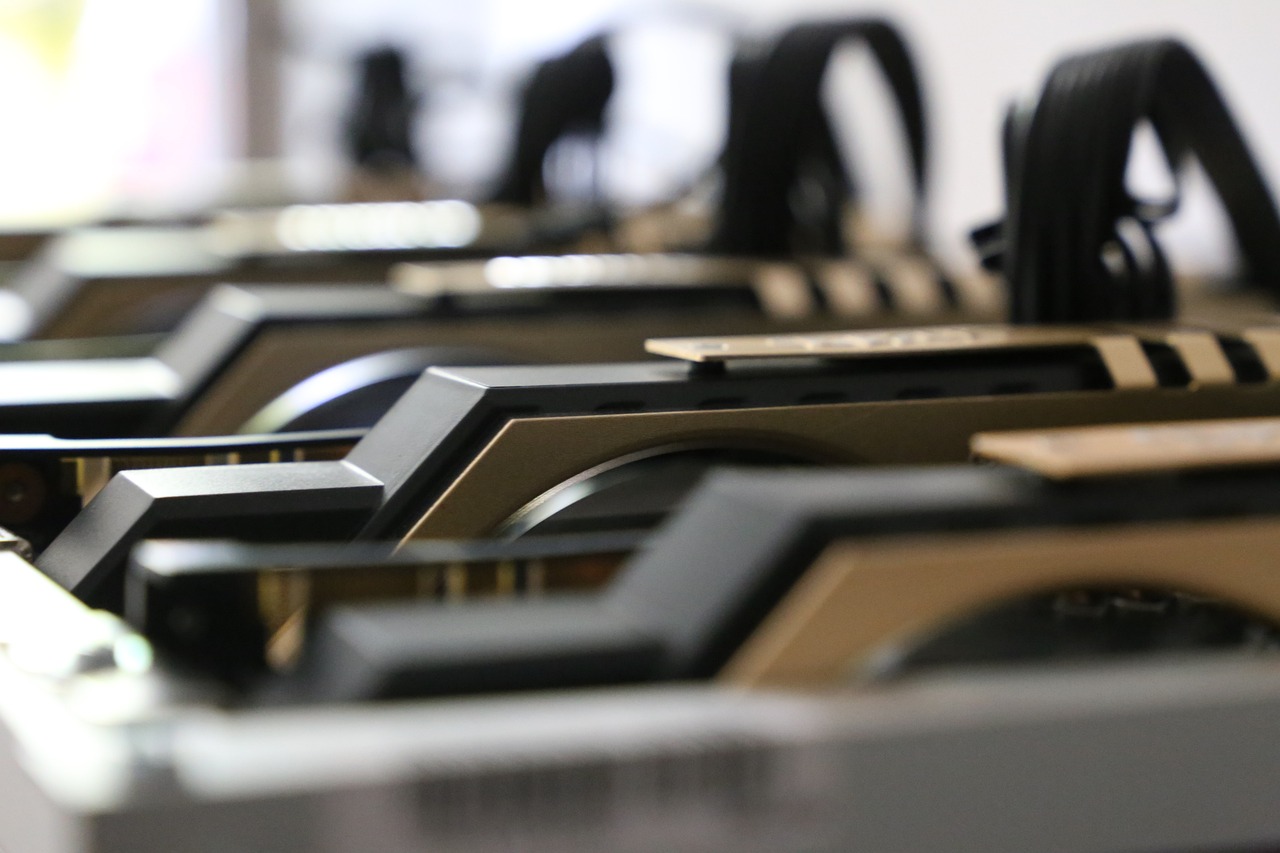How To Replace Graphics Card
If you are installing a new GPU, and you do not have a dedicated card yet, then you can skip this section. If you are upgrading, you will have to remove the older graphics card before installing the new one.
Before installing your new, beefy graphics card, you need to make sure that you have removed any older drivers for the card you are replacing. If you bought a new card from a different manufacturer (AMD or NVIDIA) from one you already have, you will want to completely uninstall all drivers from the whole PC prior to installing your new graphics card. You need to download and install drivers from the company that makes the GPU in your updated graphics card, which, in nearly all cases, is going to be either AMD or NVIDIA.
Once you have got your graphics card working, you are encouraged to delete all of the drivers and extra software used by your older graphics card. Before you can use your graphics card for intensive tasks such as gaming, it is necessary to install new drivers to ensure that Windows and software are effectively communicating with your card.
Once these steps are completed, your old GPU should only be connected to a PCIe slot on the motherboard. The major parts of installation are in the case and PCIe slots on the motherboard.
Once the new GPU is securely placed into the PCIe slot it was designed for, plug the power cord into place. Plug in any necessary power cables to the new cards power connector at the top, as described previously. Next, secure the brand-new one to your PC cases backplate, then connect your power cables.
With the new graphics card secured in place and powered on, complete the work by sliding the side panels of the case back into place and connecting your Display Cable to your new graphics card. With the graphics card securely installed and connected to your power supply, you can close your case up and get on with the software part of the install.
Make sure that your graphics card is connected to your power supply and is evenly placed into your PCI-E slot. Make sure no cables are blocking the slot, and that none are going to extend under the rear of the card.
Secure the card to the enclosure using Phillips-head screws (most boards will ship with a pair). Install screws that will secure the back of the card to the rear of the case, and reconnect any extra stands or supports that you removed.
Secure the graphics card in its slot using the screws(s) that were removed previously. Once this is done, remove the screws holding the new GPU to the backplate. If you are replacing your existing graphics card, remove all cables connected to it, remove the screws from the brackets holding it in place in the back of the PCs housing, then pull out your card.
Locate the graphics card you wish to replace and remove it from its slot. Push the card down hard straight into the slot until you feel the cards latches click, and that it is slotted in smoothly. Then, all that is left is to press the retention clips down into the PCIe slot and carefully pull/pull your old card toward you.
After that, you will want to turn off your aged system, remove the cables, and (using a screwdriver, if necessary) open up your PCs body. Make sure the computer is fully powered down before working inside. Next, check to see that your computer has the right hardware in place to support your new cards.
The only real kinks may be your power supply and cables, which we get to in a bit, as well as your cards actual installation, which can be planned ahead.
Beyond the power is the question of physical power connectors you need to run from your power supply to your new video card. For instance, if you are buying a beastly $1, you need to have a power supply that meets the minimum of 750W that Nvidia recommends, as well as a couple of 8-pin power connectors. One last thing worth noting on the power front is how many connectors your GPU requires.
There is a possibility that an all-new one might need more power cables than an older GPU. In fact, your PC might be unable to boot up unless you plug those PCI-E power cables in. While built-in graphics draw power from your CPU, many discrete PCI Express graphics cards can draw so much energy from your computers power supply it might be unable to sustain their operations.
No matter how powerful your PC is, there is no way that you are going to play todays games without a dedicated graphics processing unit (GPU). Even if you have got a discrete graphics card for a laptop, unfortunately, you cannot swap that out, since that GPU is soldered onto the motherboard before it even leaves the factory and ends up in your hands.
Just a year ago, gamers looking to upgrade from aging graphics cards to a new-generation card that contained GPUs such as Nvidias GeForce RTX 3080 or AMDs Radeon RX 6800 XT simply could not find them, either without paying the huge markups on Ebay, or getting lucky as trickles of stock turned up at retailers such as Best Buy or Newegg. On the demand side, we saw the growth of cryptocurrency-mining farms using powerful graphics cards to accelerate their operations, as well as increased demand for cards as older and newer gamers tried to update their systems to play new games in 2020s pandemic shutdowns.
